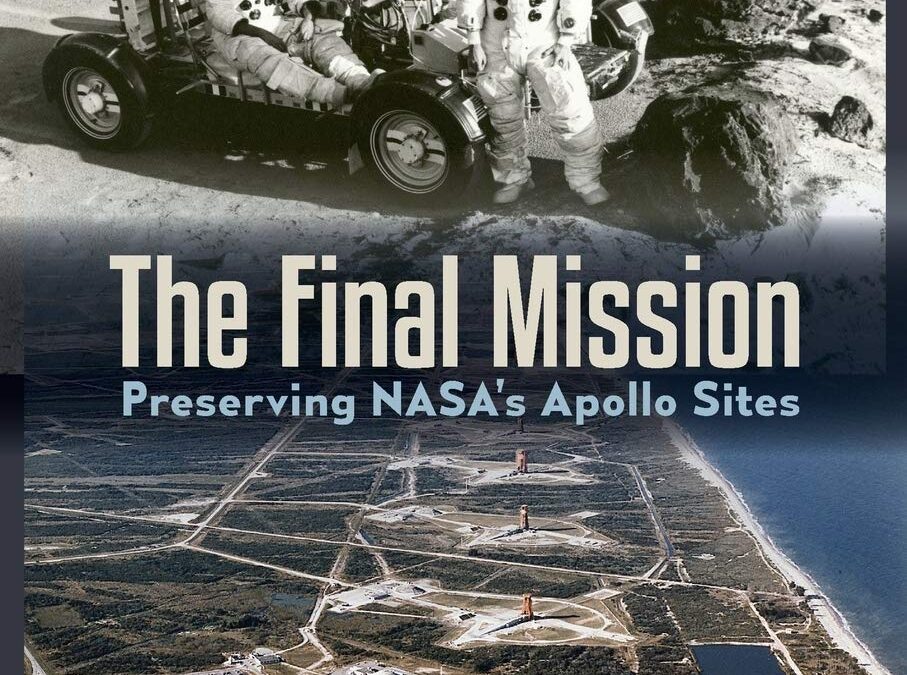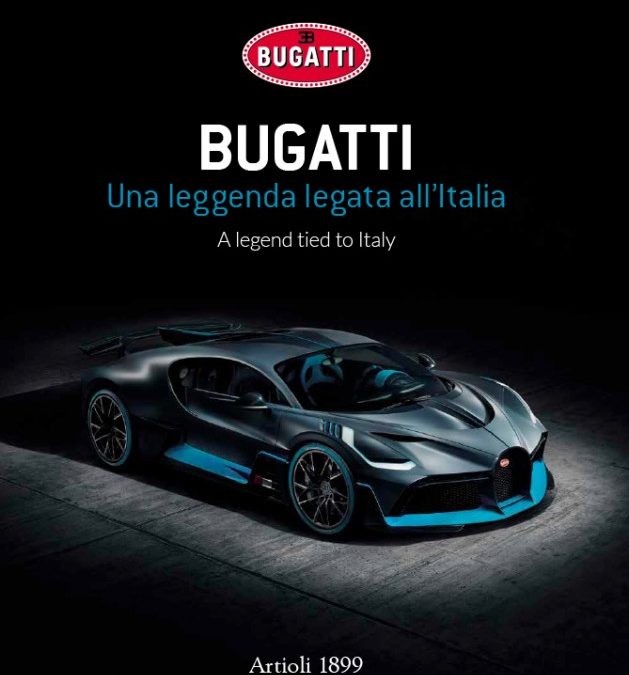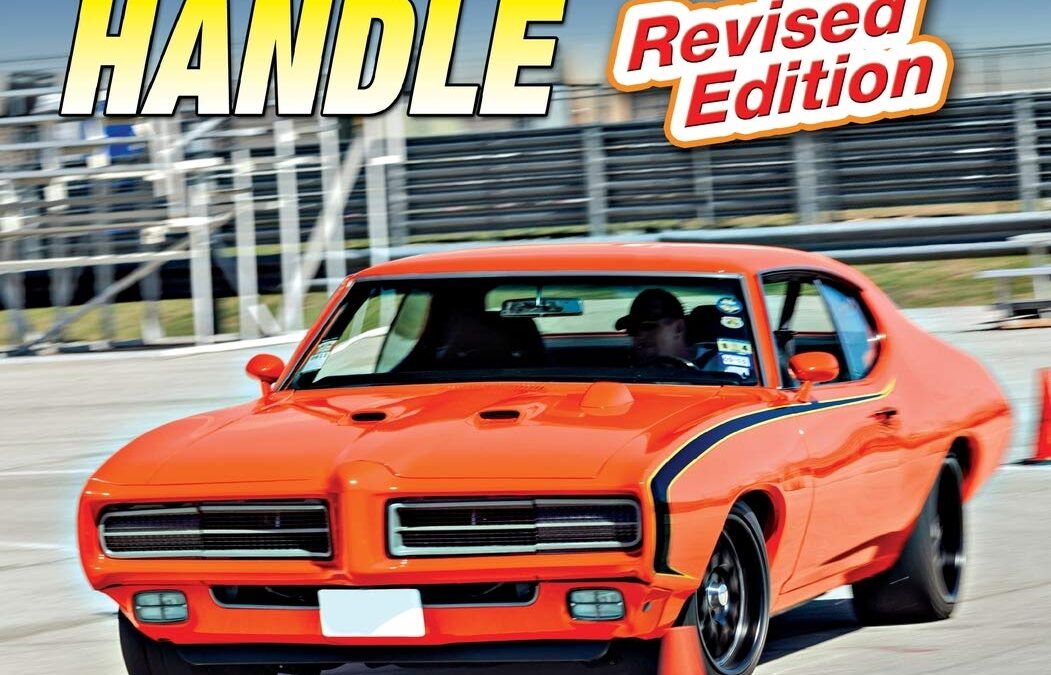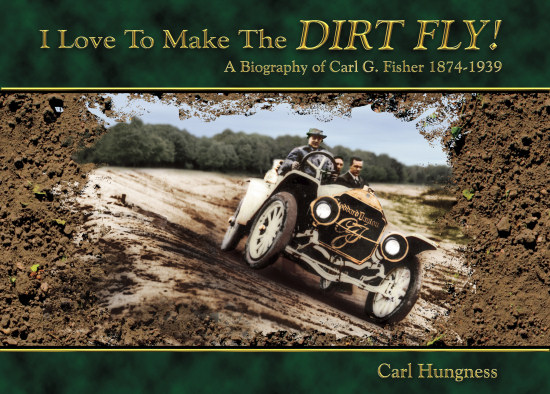
The world will always remember Neil Armstrong and Buzz Aldrin for their first steps on the moon, yet few today hold in respect the sites that made these and other astronauts’ journeys possible. Across the American landscape and on the lunar surface, many facilities and landing sites linked to the Apollo program remain unprotected. Some have already crumbled to ruins–silent and abandoned. The Final Mission explores these key locations, reframes the footprints and items left on the moon as cultural resources, and calls for the urgent preservation of this space heritage.
Beginning with the initiation of the space race, the authors trace the history of research, training, and manufacturing centers that contributed to lunar exploration. From the early rocket test stands of Robert H. Goddard, to astronaut instruction at Meteor Crater, to human and primate experiments at Holloman Air Force Base, innumerable places proved critical to developing the equipment for exploring space, surviving the journey, and returning to Earth safely. Despite their significance to the history of human spaceflight, many landmarks face the threat of damage or destruction. Most alarming is that the rapid advancement of technology renders stations obsolete long before they are deemed worthy of preservation. Moreover, the lack of precedence for protecting off-planet artifacts poses a unique challenge for space archaeology. While NASA’s 2011 recommendations for spacefarers suggest avoiding close proximity to this cultural landscape, the authors advocate stronger routes of preservation and present models for safeguarding space history–both on Earth’s surface and beyond.

First published in 1968, and now back in print for the first time in ten years, The Bikeriders explores firsthand the stories and personalities of the Chicago Outlaws Motorcycle Club. This journal-size volume features original black-and-white photographs and transcribed interviews by Lyon, made from 1963 to 1967, when he was a member of the Outlaws gang. Authentic, personal and uncompromising, Lyon’s depiction of individuals on the outskirts of society offers a gritty yet humane perspective that subverts more commercialized treatments of Americana. Akin to the documentary style of 1960s-era New Journalism made famous by writers such as Hunter S. Thompson, Joan Didion and Tom Wolfe, Lyon’s photography is saturation reporting at its finest. The Bikeriders is a touchstone publication of 1960s counterculture, crucially defining the vision of the outlaw biker as found in Easy Rider and countless other movies and photobooks.

The rediscovery of the wondrous ‘Bugatti’ world made up of extraordinary cars, at centre stage in the first three decades of the last century and magically put back together on the outskirts of Modena between the ’80s and 90s, has taken off again more recently thanks to the boost provided by the Volkswagen Group.
This Group has promoted the making of sensational supercars, which, in terms of features and performance, are by far the most unique cars in the world, ranging from the various versions of the EB 16.4 Veyron on through to the Chiron, which with its 1500 bhp easily reaches 420 km/h, and the more recent Divo at a price of five million euros.
The book begins with an exclusive, long interview with Stephan Winkelmann, President of Bugatti Automobiles S.A.S., who explains the characteristics and the motivating force behind the most amazing brand in the automotive industry.
This is a sensational project symbolically linked with the previous period of management of the Bugatti brand, when through the efforts of the Italian entrepreneur Romano Artioli, the brand underwent a brilliant relaunch, which enabled production of the EB 110 sports car in the futuristic Campogalliano factory. In the mid-1990s, the Bugatti EB 110 was the fastest production car in the world.
Much of the book also deals with Bugatti cars in the days of Ettore Bugatti, who was born in 1881 in Milan and still stands tall amongst the greatest automobile engineers and entrepreneurs. Bugatti cars were meant to be astonishing because of their ingenious features and performance, but also because of their beauty and character.
Retracing the historical transitions of the Bugatti brand is a sort of total immersion in the most exclusive world of motor racing, with continuous transitions between technology, lifestyles, design and the history of costume and fashion.

When automotive manufacturers stuffed large V-8 engines into intermediate-size cars, the American muscle car was born. Built from 1964 on, the vast majority of these amazingly fast machines did not carry cutting-edge chassis and suspension systems, and now these cars are up to 50 years old. Today, owners do not have to settle for poor handling and ride quality.
Muscle car and suspension expert Mark Savitske has built his business, Savitske Classic and Custom, on making muscle cars handle and ride at their best. With this updated edition, Savitske shows you what it takes to transform the handling of these high-horsepower machines. He explains the front and rear suspension geometry so you understand how it functions, and in turn, you realize how to get the most from a particular system. He also reveals the important aspects of spring rates, shock dampening, and ride height so you select the best spring and shock package for your car and application. He discusses popular high-performance tubular suspension arms and sway bars, so you can find the right combination of performance and adjustability. The suspension system has to operate as an integrated part of the car, so you’re shown how to select best suspension package for a well-balanced and responsive car. He also discusses how to extract maximum performance from popular GM, Ford, and Mopar muscle cars.
You can harness the performance potential of your muscle car and put much more power to the ground with critical chassis and suspension updates and products. A muscle car that carries modern suspension technology not only provides far better handling and ride comfort, but it is also much safer. How to Make Your Muscle Car Handle is the essential guide to unlocking the handling and performance potential of your muscle car. If you yearn for better handling, comfort, and performance for your muscle car, this is the book for you.

Carl Fisher was an indomitable huckster and salesman who started his working life pedaling magazines and bicycles before making his mark as the key moving force behind creating and building not only the Indianapolis Motor Speedway but also Miami Beach. He’s also considered the father of the Lincoln and Dixie Highways, America’s first interstate road systems, and the creator with IMS partner Jim Allison of Prest-O-Lite, manufacturer of the first mass market automobile headlight.
The title for Hungness’s book comes from Fisher’s love of carving something out of an empty field or wilderness. ‘I love to make the dirt fly!’ was one of Fisher’s favorite sayings which he would deliver with a wide grin at the site of one of his latest field or forest-clearing construction sites. He also loved high society, polo, parties and alcohol.
During this time Fisher started racing bicycles and after a visit in 1900 to a show for the burgeoning horseless carriage industry in New York’s Madison Square Garden he became a convert and soon was selling motorcycles and automobiles. His bicycle shop became ‘Fisher’s Garage’ and then ‘The Fisher Automobile Company’ as he emerged as one of Indianapolis’s most prosperous citizens.
In October of 1908 Fisher indulged in one of his most renowned publicity stunts when he flew a hot air balloon across the skies of Indianapolis while seated in a brand new Stoddard-Dayton automobile suspended beneath the balloon!
At the time the fledgling automobile industry was booming with more than 76 manufacturers setting up shop in the state of Indiana. Most of them lasted only a few years but the fever for automobiles resulted in Fisher building a giant, 2.5-mile test track on the outskirts of town in partnership with Arthur Newby and Jim Allison. The Indianapolis Motor Speedway opened in 1909, the first 500 was run two years later and the 100th running of the world’s oldest race takes place next year. Of course, Fisher went on to engage in many other entrepreneurial escapades, including founding and developing the Prest-O-Lite company with Allison and Miami Beach with Henry Flagler.
‘I love to make the dirt fly!’ will provide readers with a thorough appreciation of the spirit that made both the Indy 500 and America great.







